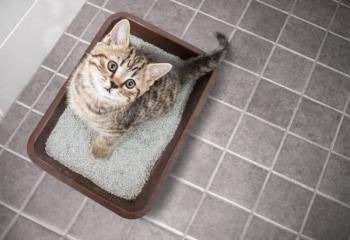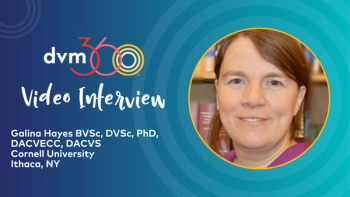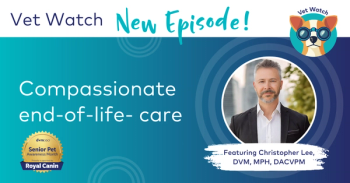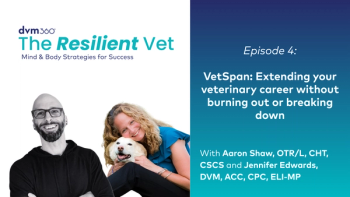
Veterinary medicine's reach out of this world
Nashville-Veterinary medicine truly has a far reach. It even extends into space.
Nashville-
Veterinary medicine truly has a far reach. It even extends into space.
The American Veterinary Medical Association (AVMA) reports it is a littleknown fact that veterinary medicine has been involved with the NationalAeronautics and Space Agency (NASA) for the last 51 years, starting withthe first flights of Rhesus monkeys.
Pioneers in the space effort have included Drs. William Britz, Jr., RichardSimmonds and John Fanton, who were on hand at the recently concluded AVMAmeeting in mid July to talk about their experiences in the space program.
Fanton says, "There will be a continuing need for biomedical research.Veterinarians have played a role at every stage of the space program, andwe've brought a wealth of knowledge as bench scientists and engineers inaddition to being health care providers. We'll continue to be integral tothe success of our space program."
Early in the space program, Britz was an Air Force mission launch veterinarianwho was actually on hand to recover HAM, the most famous Rhesus monkey tomake a space voyage before manned missions began.
Britz says, "Animal support to the first U.S. manned space flightsproved to be critical to 'man rating' the equipment. There is no doubt thatanimal flights made the manned flights much safer," he adds.
In 1970, Simmonds left his Air Force assignment in San Antonio and heededHouston's Johnson Space Center's call. He headed up the animal portionsof the quarantine program for astronauts who participated in lunar landingsas well as the equipment and lunar materials they brought back. "Wewere working with the first extraterrestrial material ever to be broughtdirectly back to earth, says Simmonds, a professor with the University andCommunity College System of Nevada.
Simmonds was also involved with the Apollo 17 mission. He provided veterinarysupport and project management of an animal study to investigate effectsof high energy, intergalactic cosmic, particle radiation on the visual system.
Fanton, chief of surgical services at the Oregon National Primate ResearchCenter, entered during a new era for NASA.
He helped support the Bion 11 orbital satellite program, a 1990s venturebetween Russian and American space agencies.
"The interaction among American, Russian and French veterinariansand scientists was mutually beneficial in a variety of ways," Fantonsays, "not the least of which was developing confidence in each others'methods and training.
"We met a number of challenges, including the language barrier,but my problems were no greater than the challenges faced by the Americanveterinarians who were the true pioneers, collaborating on the earlier Cosmosmissions from 1975 to 1992," he adds.
What's next? Simmonds envisions the formation of moon colonies, a lunarfarm complete with fish, chicken and mini goats with oxygen extracted fromthe soil. M
Newsletter
From exam room tips to practice management insights, get trusted veterinary news delivered straight to your inbox—subscribe to dvm360.






